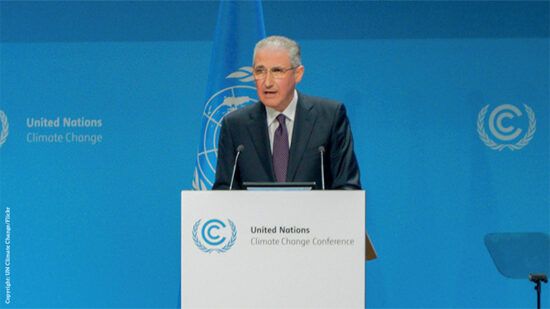The Fed, the SEC and other regulators have come under, and will come under increasing political pressure, to ensure that they play their part in the climate change and broader sustainability agendas of the public and their political masters.
The increased impetus and focus on ESG means the regulatory response is now not just on the risk management aspects of climate and sustainability but on the active pursuit of climate and sustainability objectives.
Regulated financial institutions can expect to face increasing pressure from regulators to demonstrate how they are factoring ESG not only into their management of risk and disclosure of climate, environmental and other ESG factors, but also into economic and capital allocations.
It is likely that the process will follow a similar pattern to that we saw post the financial crisis, which applied to the environment and sustainability may look rather like this:
The first step: capture (at borrower and portfolio levels)
- What processes and methods does the financial institution (FI) have for capturing and measuring environmental exposures and impacts?
- How does the FI capture its general exposure to climate risks and how does its financing decisions increase or help abate climate impacts?
- How is “greenwashing” avoided?
The second step: reporting
- How is the information collated and reported to senior managers including the board in such a way that is useful for decision making?
The third step: decisioning
- Evidence that the information that is gathered and reported to, and factored into, decision making functions and processes, including at the board level.
- Decisions that take account of the environmental and sustainability criteria must be at the individual exposure level, including pricing, and at the portfolio, limits and capital allocation levels.
The pressure on financiers to measure, manage and report the environmental impacts of their decisions will feed down to the level of reporting that borrowers are required to produce so that how much carbon or other environmental impacts are being financed can be assessed. One could even imagine a scenario in which a net carbon sequestering borrower would get favorable pricing as it would allow a bank to lend to a carbon producing borrower giving the lender a net-zero carbon impact from its lending decisions.








